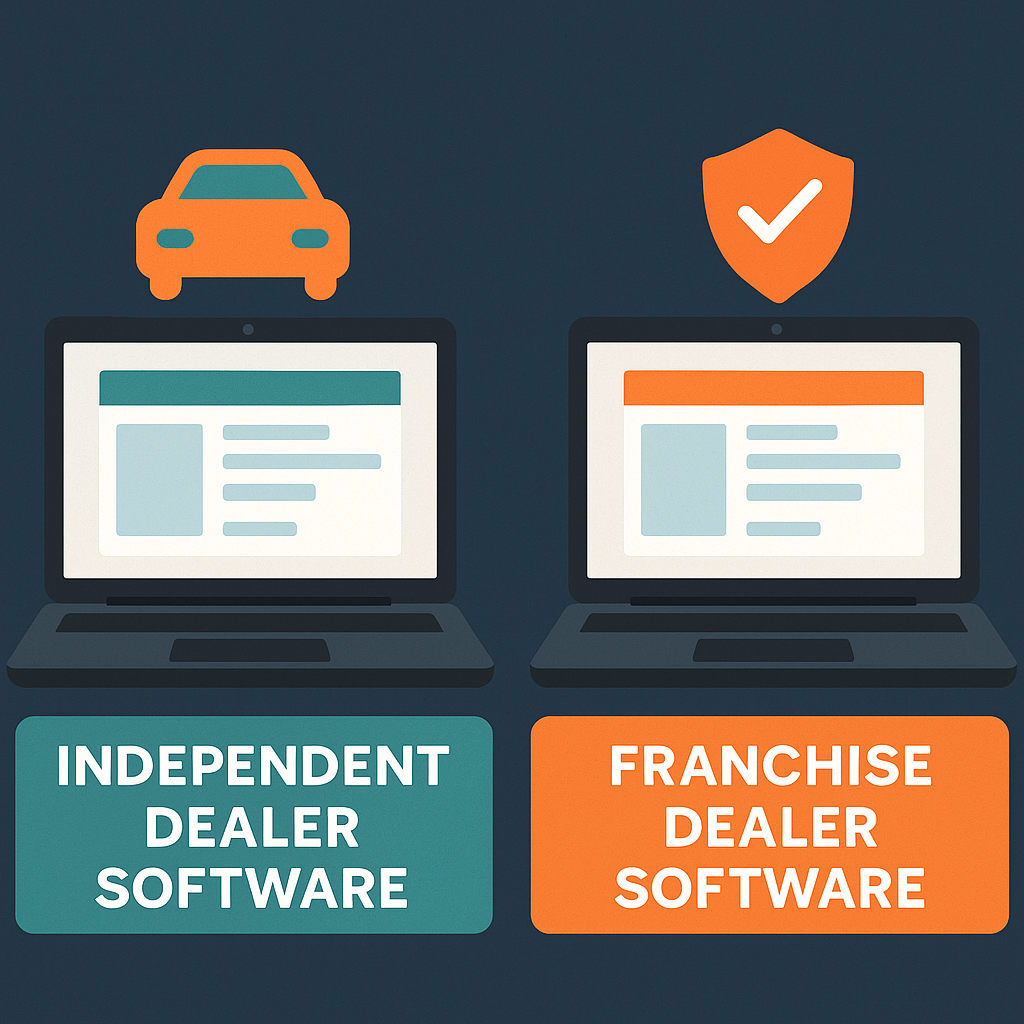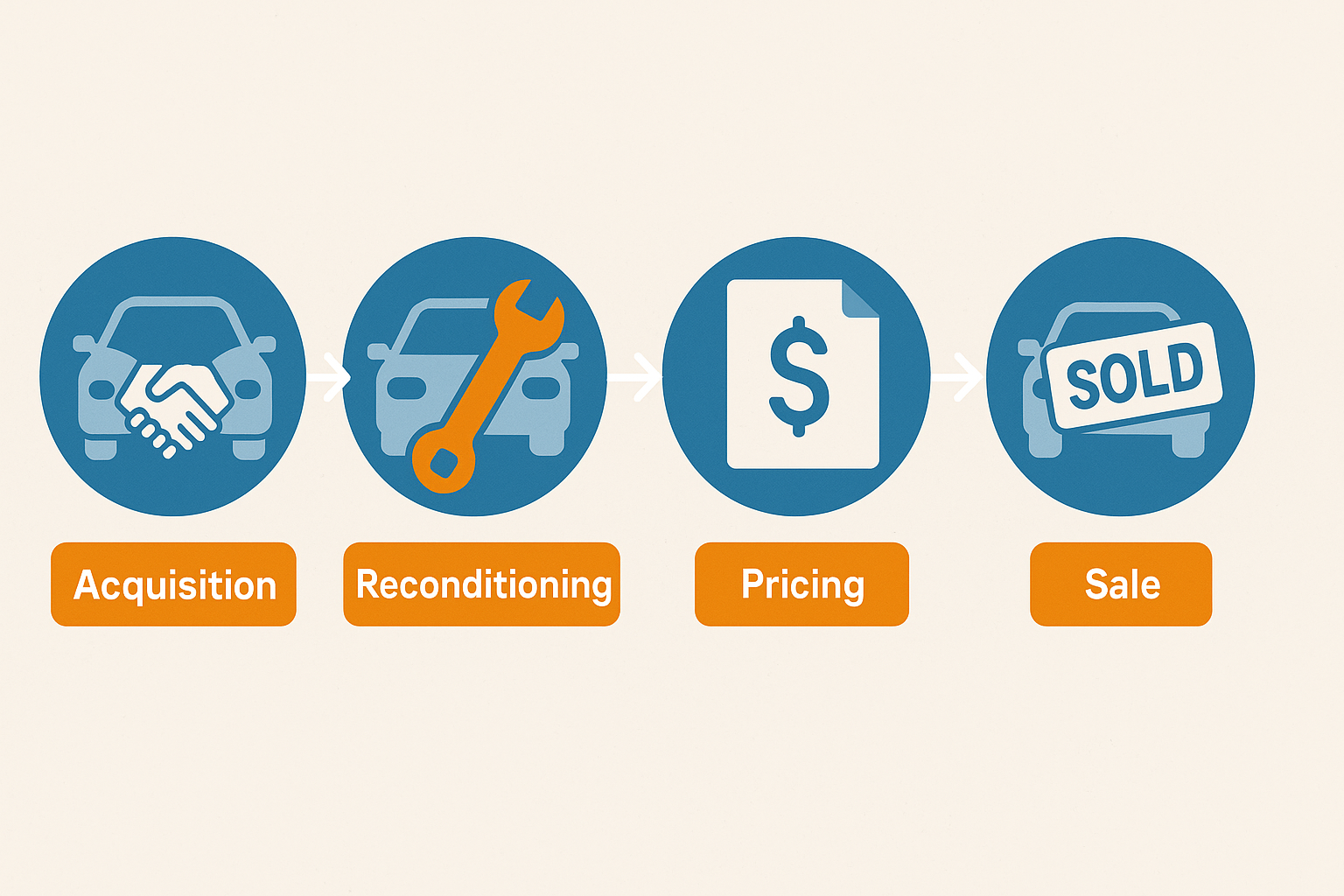Modern used-car dealerships can’t afford to fly blind when it comes to inventory. Buyers shop online first, comparing specs, prices, and availability before ever setting foot on the lot. To stay ahead, you need real-time data powering every decision—from acquisition to final sale. That’s where integrated APIs come in. By tapping into automated feeds like VIN Decode, Live Market Comps, and Dealer Performance, your software can deliver up-to-the-minute insights that drive faster turns and stronger margins.
1. VIN Decode API: Foundation of Accurate Inventory Data
Your journey toward real-time intelligence starts at the VIN:
- What It Does: Transforms a 17-character VIN into detailed vehicle specs—make, model, trim, factory options, MSRP, curb weight, engine type, and more.
- Why It Matters:
- Eliminate Manual Errors: No more guessing option packages or inputting specs by hand.
- Enhance Listings: Automatically populate web and lot listings with exact feature details, improving buyer trust and reducing inquiries.
- Filter & Segment: Build dashboards that group vehicles by fuel type, trim level, or option code.
Real-World Use Case: When a new truck arrives at auction, your scanner reads the VIN, your system pings the VIN Decode API, and within seconds the truck shows online with “4×4,” “premium tech package,” and “backup camera” already filled in—ready for immediate marketing.
2. Live Market Comps API: Stay Synced with Local Pricing Trends
Knowing exactly where your vehicles stand against the competition is crucial:
- What It Does: Pulls real-time sale and listing prices from regional auctions, dealer websites, and aggregated listing services.
- Why It Matters:
- Dynamic Price Positioning: See whether your current ask is 2% above or 3% below the local median for a comparable unit.
- Competitive Alerts: Get notified when a direct comp undercuts you, so you can adjust before leads slip away.
- Margin Optimization: Balance aggressive pricing for turnover with minimum margin thresholds.
Real-World Use Case: Your dashboard flags a 2018 Honda Civic priced 4% above local comps. An alert prompts a quick 2% markdown—resulting in 5 more show appointments that week and a sale at just 1% below market median so you keep your margin intact.
3. Dealer Performance API: Benchmark Your Lot Against the Market
Understanding your own metrics in context drives smarter strategy:
- What It Does: Provides live data on average days on lot, turn rates, inventory depth, and pricing strategies for peer dealerships in your region.
- Why It Matters:
- Contextual KPIs: If your lot’s average days on lot is 35 but the regional average is 25, you know it’s time to recalibrate.
- Identify Best Practices: See which dealerships are turning fast and at what price points, then apply those learnings to your own inventory.
- Targeted Acquisitions: Focus on vehicle segments where your competitors are experiencing high demand.
Real-World Use Case: The API shows peer dealers are turning compact SUVs in 20 days versus your 30. You launch a summer-themed marketing push on your Ford Escape units, and the turn for that segment drops from 30 to 18 days in two weeks.
4. Building a Unified Dashboard: Turning Data into Decisions
Integrating these APIs into a central dashboard transforms raw numbers into action:
- Data Ingestion Layer
- Schedule regular API calls (e.g., VIN Decode on arrival, Live Market Comps hourly, Dealer Performance daily).
- Store results in a normalized database, keyed by VIN.
- Visualization & Alerts
- Heatmaps for “Days on Lot” vs. “Price to Market,” color-coded to spotlight risk areas.
- Watchlists of units triggering auto-alerts (e.g., “Comp undercuts you by >3%” or “Days on Lot > 25”).
- Comparative Widgets showing your lot vs. regional averages in real time.
- Workflow Integration
- Automated Repricing: When comps shift or units age past a threshold, repricing rules kick in.
- Acquisition Filters: Embed predictive filters based on Dealer Performance metrics to avoid overpaying at auction.
- Collaborative Notes: Link each alert to a task in your CRM or a Slack channel for team accountability.
5. Action Steps: Implementing Your API-Driven Intelligence
- Audit Your Current Data Gaps
- Identify missing specs, outdated pricing, or lack of market benchmarks in your current system.
- Select Your API Partners
- Evaluate providers for latency, data freshness, geographic coverage, and cost per call.
- Map Your Integration
- Work with your IT team or vendor to schedule and authenticate API calls into your DMS or BI platform.
- Design Dashboards & Alerts
- Define key thresholds (e.g., days-on-lot targets, price dispersion limits) and set up automated notifications.
- Train Your Team
- Walk sales, acquisition, and lot-management staff through the new dashboards and workflows—emphasize the “why” behind each alert.
- Measure & Iterate
- Track changes in turn rate, average margins, and days on lot. Refine API calls, alert thresholds, and repricing rules based on performance.
By harnessing the power of VIN Decode, Live Market Comps, and Dealer Performance APIs, your dealership moves from reactive guessing to proactive intelligence—optimizing every stage from auction buy to final sale. Implement these integrations, build your unified dashboard, and watch your inventory health metrics transform into a sustainable competitive edge.






